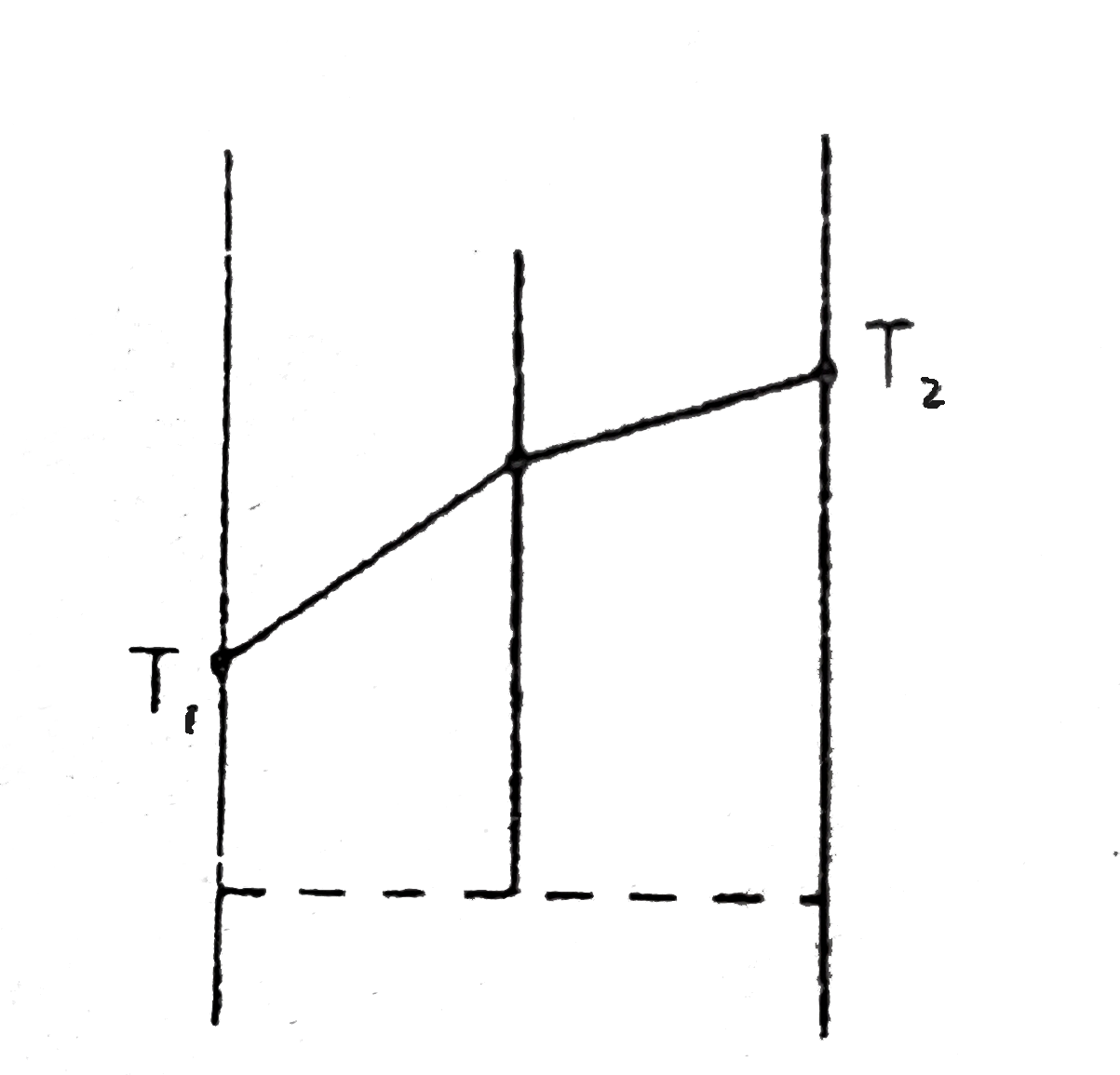When turgidity increases within the two guard cells flanking each stomatal aperture or pore, the thin outer walls and force the inner walls into a shape.
bulge in, crescent
bulge out, crescent
bulge out, spindle
bulge in, spindle
The correct Answer is:B
To solve the question regarding the shape of guard cells when turgidity increases, we can follow these steps:
1. Understanding Guard Cells:
- Guard cells are specialized cells that flank each stomatal pore. They play a crucial role in regulating the opening and closing of stomata.
2. Turgidity in Guard Cells:
- Turgidity refers to the state of being swollen or firm due to the uptake of water. When guard cells take up water, they become turgid.
3. Structure of Guard Cells:
- Each guard cell has two types of walls:
- Outer Walls: These are thin and flexible.
- Inner Walls: These are thicker and more elastic.
4. Effect of Increased Turgidity:
- When turgidity increases in the guard cells, the thin outer walls bulge outwards due to the pressure from the internal water.
5. Shape Formation:
- As the outer walls bulge out, the thicker inner walls are forced into a crescent shape. This is because the inner walls are less flexible and cannot expand as much as the outer walls.
6. Conclusion:
- Therefore, when turgidity increases, the guard cells bulge outwards and the inner walls take on a crescent shape.
Final Answer:
The correct answer is bulge out crescent.
---
- Guard cells are specialized cells that flank each stomatal pore. They play a crucial role in regulating the opening and closing of stomata.
- Turgidity refers to the state of being swollen or firm due to the uptake of water. When guard cells take up water, they become turgid.
- Each guard cell has two types of walls:
- Outer Walls: These are thin and flexible.
- Inner Walls: These are thicker and more elastic.
- When turgidity increases in the guard cells, the thin outer walls bulge outwards due to the pressure from the internal water.
- As the outer walls bulge out, the thicker inner walls are forced into a crescent shape. This is because the inner walls are less flexible and cannot expand as much as the outer walls.
- Therefore, when turgidity increases, the guard cells bulge outwards and the inner walls take on a crescent shape.
The correct answer is bulge out crescent.
Topper's Solved these Questions
- TRANSPORT IN PLANTS Book:VMC MODULES ENGLISHChapter:TRANSPORT IN PLANTS Exercise:PRACTICE EXERCISE-(1)
Explore 5 Videos
- TRANSPORT IN PLANTS Book:VMC MODULES ENGLISHChapter:TRANSPORT IN PLANTS Exercise:PRACTICE EXERCISE-(2)
Explore 5 Videos
- TRANSPORT IN PLANTS Book:VMC MODULES ENGLISHChapter:TRANSPORT IN PLANTS Exercise:IN-CHAPTER EXERCISE-E
Explore 10 Videos
- THE LIVING WORLD Book:VMC MODULES ENGLISHChapter:THE LIVING WORLD Exercise:CHAPTER EXERCISE-D
Explore 9 Videos
Similar Questions
When turgidity is lost in guard cells the stomatal pore
View SolutionThe outer wall of guard cell in sunflower is
View SolutionThin and elastic walls of guard cells are
View SolutionThe inner wall of each guard cell, towards the pore or stomatal aperture, is
View SolutionThe inner wall of each guard cell, towards the pore or stomatal aperture, is
View SolutionThe inner wall of each guard cell towards the pore or stomatal aperture is thick and elastic.
View SolutionStomatal aperture is surrounded by guard cells and widens (opens) when guard cells are
View SolutionIn guard cells when sugar is converted into starch, the stomatal pore
View SolutionThe nature of guard cells cell wall away from and towards the stomatal pore is respectively
View SolutionThe wall of a house is made of two different materials of same thickness. The temperatures of the outer wall is T2 and that of inner wall is T1<T2. The temperature variation inside the wall as shown in the figure. Then :

View Solution